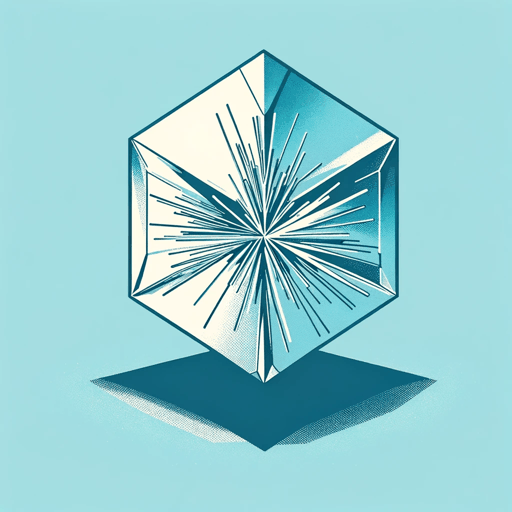99 pages • 3 hours read
Kurt Vonnegut Jr.Cat's Cradle
Fiction | Novel | Adult | Published in 1963A modern alternative to SparkNotes and CliffsNotes, SuperSummary offers high-quality Study Guides with detailed chapter summaries and analysis of major themes, characters, and more. For select classroom titles, we also provide Teaching Guides with discussion and quiz questions to prompt student engagement.
Summary and Study Guide
Overview
Cat’s Cradle is a satirical science fiction novel by Kurt Vonnegut, published in 1963. The novel, which explores themes related to science, technology, and religion against the backdrop of the Cold War arms race between the United States and the Soviet Union, won critical acclaim for Vonnegut and was nominated for a Hugo Award. This guide refers to the 2010 Dial Trade Press edition.
Content Warning: This guide references death by suicide and sexual assault found in the source text. The source text uses outdated language to refer to a character who is a little person, which this guide reproduces only in direct quotation.
Plot Summary
In the early 1960s, a middle-aged writer named John gathers information about the day the United States dropped an atomic bomb on Hiroshima, Japan, during World War II. He contacts the children of the deceased Dr. Felix Hoenikker, who helped invent the bomb, and learns that Dr. Hoenikker made a cat’s cradle string figure for his son Newt, then six years old, on that day. In the present, John learns of a romantic fling between Newt and a Ukrainian dancer. Meanwhile, Newt’s sister, Angela is married to a businessman who used to work for Dr. Hoenikker while Newt’s brother Frank is involved with car smuggling in Florida and Cuba.
John travels to Ilium, New York, where the Hoenikkers used to live. From locals, he learns that Dr. Hoenikker was a socially awkward, absent-minded genius, seemingly unaware of the consequences of his discoveries. He meets Dr. Asa Breed, Dr. Hoenikker’s former supervisor, and tours General Forge and Foundry, the research company where Dr. Hoenikker worked. While there, he hears a rumor that Dr. Hoenikker discovered ice-nine, a new variant of ice that has a higher melting point than regular ice.
John travels to the small island nation of San Lorenzo when he is assigned to write about Julian Castle, a philanthropist who runs a hospital there. On the way, he learns that Frank Hoenikker is now a high-ranking official serving under Miguel “Papa” Monzano, the president of San Lorenzo. Also on the plane are Newt and Angela, who are on the way to celebrate Frank’s engagement to Papa Monzano’s adopted daughter Mona. John also meets Horlick Minton, the US ambassador to San Lorenzo, and his wife Claire, along with industrialist H. Lowe Crosby, who hopes to start a bicycle manufacturing plant in San Lorenzo, and his wife Hazel.
John learns that, after multiple countries claimed the island of San Lorenzo during colonial times, it was claimed most recently by Earl McCabe, a deserter from the US army, and Lionel Boyd Johnson, a Tobagonian man, who were shipwrecked on the island in 1922. After McCabe’s attempts to reform San Lorenzo’s government and economy failed, he became a dictator while Johnson changed his name to Bokonon and started a religion, Bokononism, designed to make people happy by telling them comforting lies. At Bokonon’s request, McCabe outlawed Bokononism to make it more appealing. By taking on opposing good and evil roles, they tried to make the people feel their lives were meaningful.
Arriving at San Lorenzo, John finds Papa Monzano, McCabe’s successor, in declining health. John checks into Casa Mona, a hotel owned by Julian’s son, Philip, but Frank soon invites him to his house, where John observes Newt painting a cat’s cradle. Frank asks John to take his place as the next president of San Lorenzo. John reluctantly accepts, but he is pleased to hear that he will be expected to marry Mona. He meets with Mona, and they engage in boko-maru, a Bokononist rite of pressing feet together. John decides to take up Bokononism.
Frank takes John to see Papa Monzano. As Papa Monzano’s condition worsens, he asks for and receives the Bokononist death rites. Later, Papa Monzano dies by suicide using a fragment of ice-nine that he received from Frank, leaving his body frozen solid; the ice-nine spreads whenever it touches water. Alarmed, John confronts Frank, Angela, and Newt, who admit that they each received fragments of ice-nine when their father died. Newt’s was stolen by the Ukrainian dancer while Angela’s husband took hers. They melt the ice-nine and plan to burn Papa Monzano’s body later.
At the same time, the island celebrates a local holiday. During the air show, a pilot crashes into the castle, knocking Papa Monzano’s body into the ocean, which freezes solid, starting unusual weather phenomena, including tornadoes. For a few days, John and Mona hide in Papa Monzano’s bomb shelter. Venturing out, they find a large number of people who died by suicide after ingesting ice-nine at the top of the island’s highest peak, following Bokonon’s advice; Mona does the same.
John joins a few survivors, including the Crosbys, Newt, and Frank, and begins to write the book that becomes Cat’s Cradle. Feeling hopeless and uncertain, John, who now considers himself a Bokononist, meets Bokonon. Bokonon advises John to carry his account of what happened to the top of Mount McCabe and take ice-nine as a sign of defiance to God.
By examining the advancement of technology from a satirical lens, Vonnegut challenges the assumption that scientific breakthroughs are necessarily advantageous to human happiness, even as he explores the value of humanistic pursuits including art and religion.
Related Titles
By Kurt Vonnegut Jr.
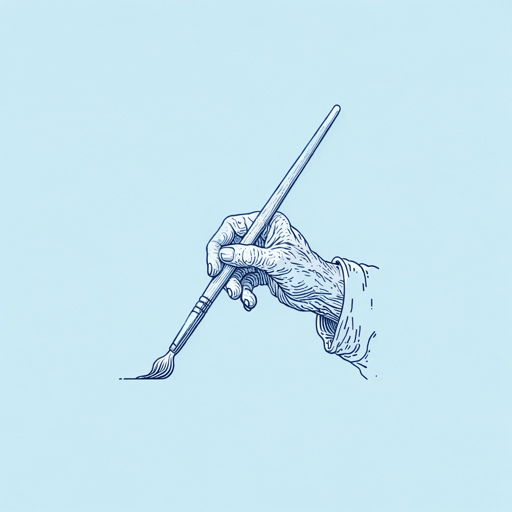
2 B R 0 2 B
Kurt Vonnegut Jr.

Breakfast of Champions
Kurt Vonnegut Jr.

Deadeye Dick
Kurt Vonnegut Jr.

Epicac
Kurt Vonnegut Jr.

Fates Worse Than Death
Kurt Vonnegut Jr.
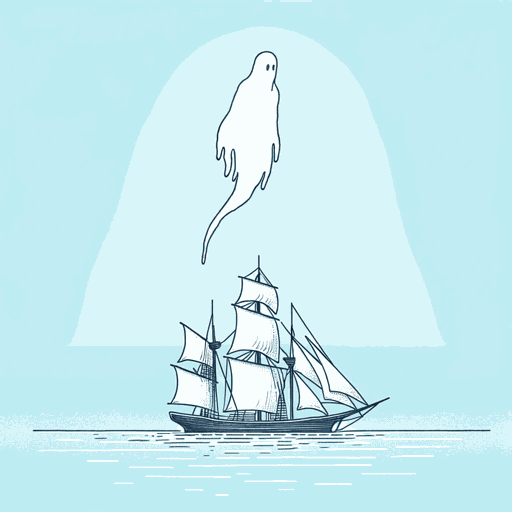
Galapagos
Kurt Vonnegut Jr.

God Bless You, Mr. Rosewater
Kurt Vonnegut Jr.
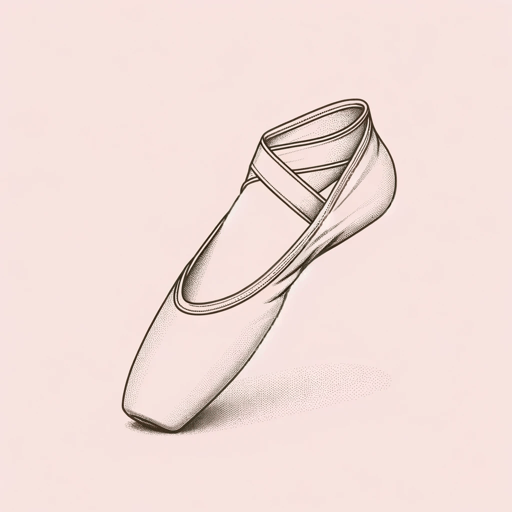
Harrison Bergeron
Kurt Vonnegut Jr.

Mother Night
Kurt Vonnegut Jr.
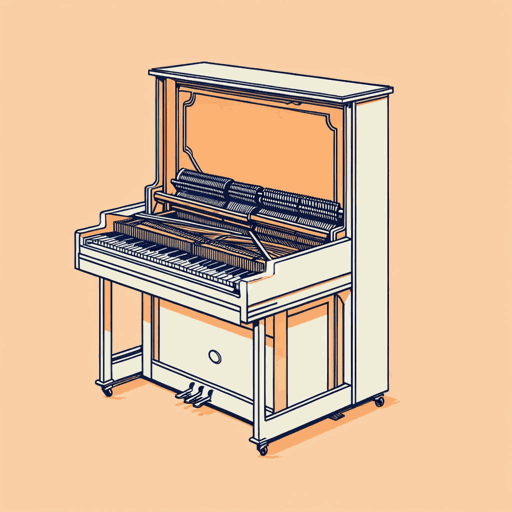
Player Piano
Kurt Vonnegut Jr.
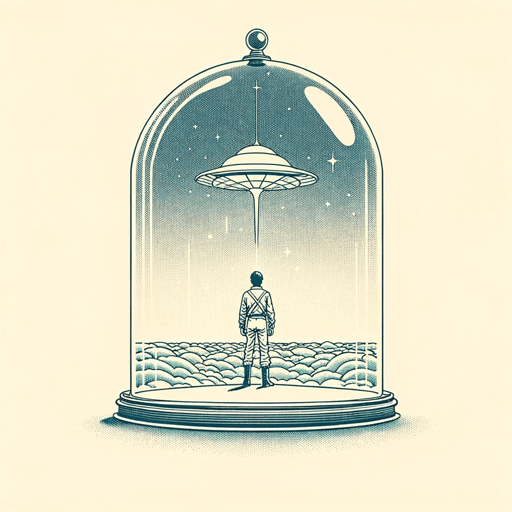
Slaughterhouse-Five
Kurt Vonnegut Jr.

The Sirens of Titan
Kurt Vonnegut Jr.

Welcome to the Monkey House
Kurt Vonnegut Jr.
